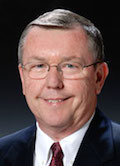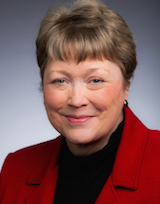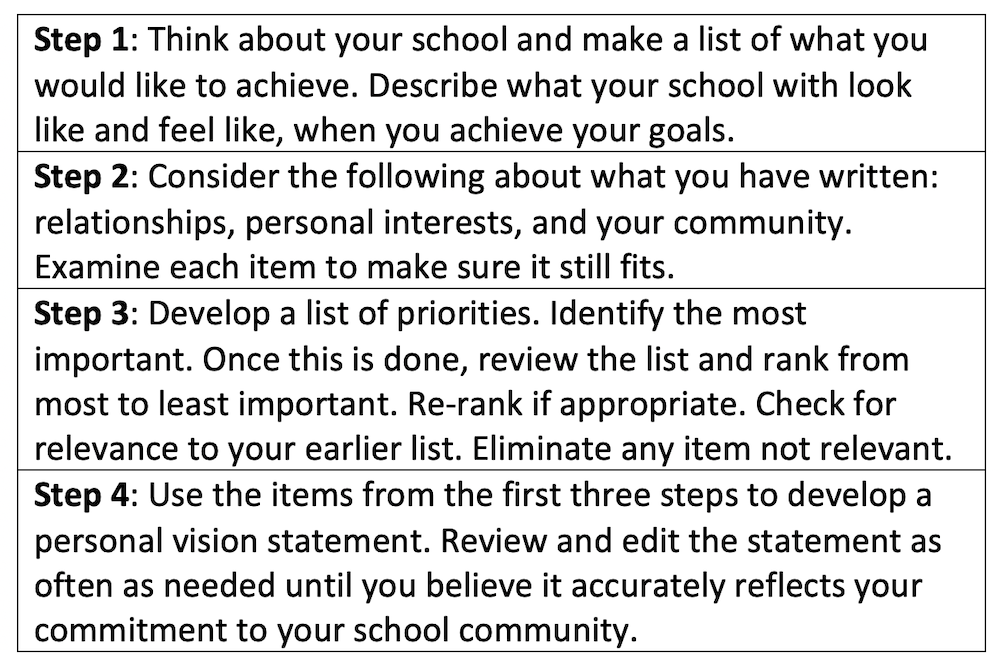Restoring Momentum After a Turbulent Year
By Ronald Williamson and Barbara R. Blackburn

Ronald Williamson
Teachers and principals gave a collective sigh of relief at the end of the last school year. It was often challenging. Educators dealt with the ongoing COVID outbreaks, faced hostility over curricular and instructional decisions, and grappled with the trauma of school shootings.

Barbara Blackburn
In many schools teachers and administrators just wanted the school year to end. Sadly, for many educators the end of one school year brought the end to their career as they decided to retire or find employment in other fields.
As personnel grappled with these issues and their impact on their personal and professional lives, many schools found themselves drifting from their stated mission and vision. The stress of the school year and/or the press of needing to deal with emergent student safety concerns contributed to this malaise.
As we’ve noted often, as one school year ends, the next is already being planned and prepped by school leaders. This year, more than most, it’s a time for school leaders to think about how to restore momentum in their school and revitalize the school community’s commitment to their vision.
Begin with Personal Vision, Commit to a Shared Vision
Summer is the perfect time for a school leader to reflect on their own personal vision. One of the most important things a leader can do is be clear about their vision. That vision consists of the most fundamental beliefs one holds about life, about our work, and about our relationships with people.
The leader’s vision is important because teachers, students and families pay attention to what a leader says, what they do, and how they express themselves. Those things all reflect your personal vision. It’s often said that your written vision is less important than the way you act, the way your vision translates into action, priorities and relationships.
Here’s a quick four step process for developing or refining your own personal vision.
Recommitting to the Vision
While personal vision is important, it’s just words on paper until you actually share it and begin to act on that vision. That’s the critical part, identifying how your vision will guide your work during the coming school year. What priorities will you have for the school year? How do you plan to work with staff to advance those priorities? What steps will you take to assure your school community sees those priorities as shared goals?
Teachers, staff, parents and students all pay attention to what a leader says, and what they do. In fact, the evidence is that what you say, and how you behave, shares more about your vision than anything you might write.
● Use the beginning of the school year to talk about your personal vision. Be clear it’s your vision. But commit to working with the school community to revisit and recommit to a shared vision for your school.
● Be sure to engage both veteran staff and new staff. Vision must be shared. It cannot be mandated. So commit to a collaborative process. Many schools have experienced substantial turnover, and it’s important to make sure everyone has an opportunity to participate in discussions about vision.
● Recognize that when teachers return to school they will be focused on preparing classrooms for students, not on writing vision statements. Opening day, or even the opening weeks, may not be the best time to launch a discussion of vision. But it’s the ideal time for a leader to talk about vision and to let people know that it will be a priority for the year. Have a plan and share it, or share how you will work with your school’s leadership team to articulate a plan.
● Finally, recognize that the past two years have drastically altered the context in which schools operate. Almost every school in the country operates a little differently than it did two years ago. That means the vision may also be a little different and reflect the new reality of schooling.

Having a clear vision – both a personal vision and a shared vision – is critical for school success. A vision is often personally motivating especially when it is one that a person helped to create. That motivation is sustained when the vision shapes action, helps to set priorities, guide decisions, and strengthen relationships.
It’s easy for a leader to be seduced by their own personal vision. It’s important to be clear about one’s vision and share it with others. But schools are most successful with a vigorous commitment to a shared vision, one developed together.
We’ve worked with hundreds of schools on all sorts of school improvement projects, including developing a shared vision, and want to offer some advice about the process.
● Acknowledge that next fall’s return to school will be accompanied by anxiety following the events of the current school year. Monitor the staff and adjust your plans accordingly.
● Don’t overdo it at the beginning of the school year. Share your commitment to refining and recommitting to a shared vision. But the start of the school year is not a good time to launch the project.
● Finally, don’t get distracted. The day-to-day routines of school can easily consume the energy of a leader and their staff. Work to avoid that happening and have a thoughtful plan for restoring the momentum of your school’s vision.

Dr. Barbara R. Blackburn, a “Top 30 Global Guru in Education,” is a bestselling author of over 25 books and a sought-after consultant. She was an award-winning professor at Winthrop University and has taught students of all ages. In addition to speaking at conferences worldwide, she regularly presents virtual and on-site workshops for teachers and administrators. Barbara is the author of Rigor in the Remote Learning Classroom: Instructional Tips and Strategies from Routledge/Eye On Education.

































